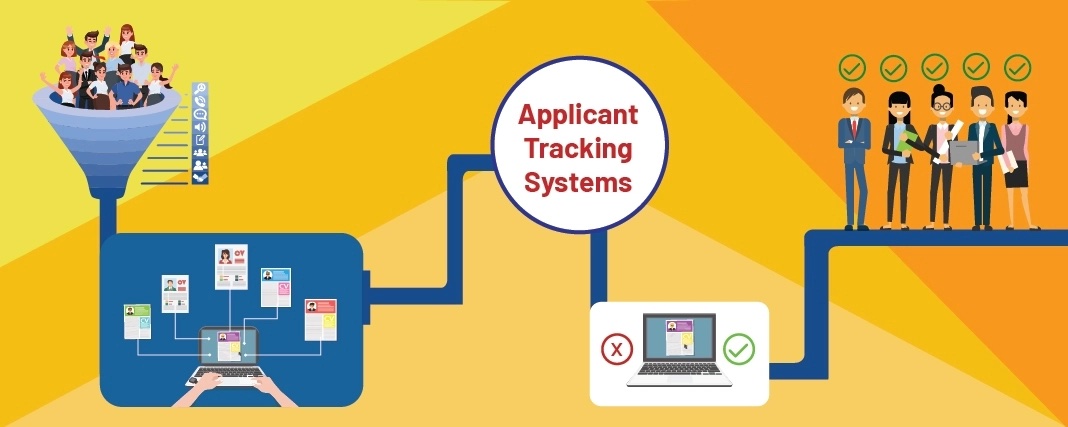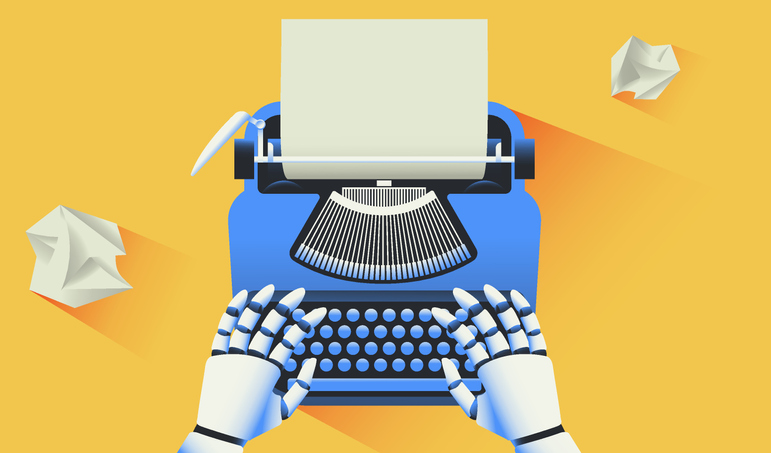Technology has transformed the way we work, providing us with new tools and platforms to increase productivity and efficiency. However, the excessive use of technology can lead to digital overload, causing stress and negatively impacting our mental health. Here are some strategies for managing digital overload and promoting mental health at work.
See Also: Tips for Successful Project Management
Set Boundaries
One of the best ways to manage digital overload is by setting boundaries with technology. This can include turning off notifications outside of work hours, avoiding checking emails and messages during personal time, and taking regular breaks from technology throughout the day. Setting these boundaries can help employees manage their stress levels and maintain a healthy work-life balance.
Practice Mindfulness
Mindfulness is a practice that can help individuals manage stress and anxiety. Encourage employees to practice mindfulness exercises, such as deep breathing or meditation, to help them relax and stay focused. Mindfulness can also help individuals manage their digital overload by promoting a sense of awareness and self-control.
Use Technology for Good
While technology can be a source of digital overload, it can also be a useful tool for managing mental health. Encourage employees to use technology for good, such as using meditation apps, tracking their physical activity, or scheduling breaks throughout the day. Using technology in a positive way can help individuals manage their mental health and improve their overall well-being.
Take Regular Breaks
Taking regular breaks throughout the day can help employees manage their stress levels and avoid digital overload. Encourage employees to take short breaks every hour or so, to stretch, walk around or engage in non-screen-related activities. Regular breaks can help employees re-energize and refocus, leading to increased productivity and a healthier work-life balance.
Communicate with Colleagues
Communication is key when it comes to managing digital overload in the workplace. Encourage employees to communicate with their colleagues about their workloads and technology use. This can help employees manage their digital workload and reduce the risk of burnout.
Encourage Physical Activity
Physical activity is an essential aspect of mental health and well-being. Encourage employees to engage in physical activity, such as taking a walk during lunch or participating in a yoga class. Regular physical activity can help employees manage their stress levels, improve their mood, and increase their overall well-being.
Take Time Off
Finally, it’s important for employees to take time off when they need it. Encourage employees to use their vacation time and take time off when they are feeling stressed or overwhelmed. Taking time off can help employees recharge, manage their stress levels, and maintain a healthy work-life balance.
In conclusion, technology can have a significant impact on our mental health, but it can also be a useful tool for managing stress and promoting well-being. By setting boundaries, practicing mindfulness, using technology for good, taking regular breaks, communicating with colleagues, encouraging physical activity, and taking time off, employees can manage digital overload and prioritize their mental health at work. Employers can also play a role by providing resources and support, promoting work-life balance, and creating a positive work environment that prioritizes mental health. By working together, employees and employers can promote a healthy and productive workplace that prioritizes mental health and well-being.



















